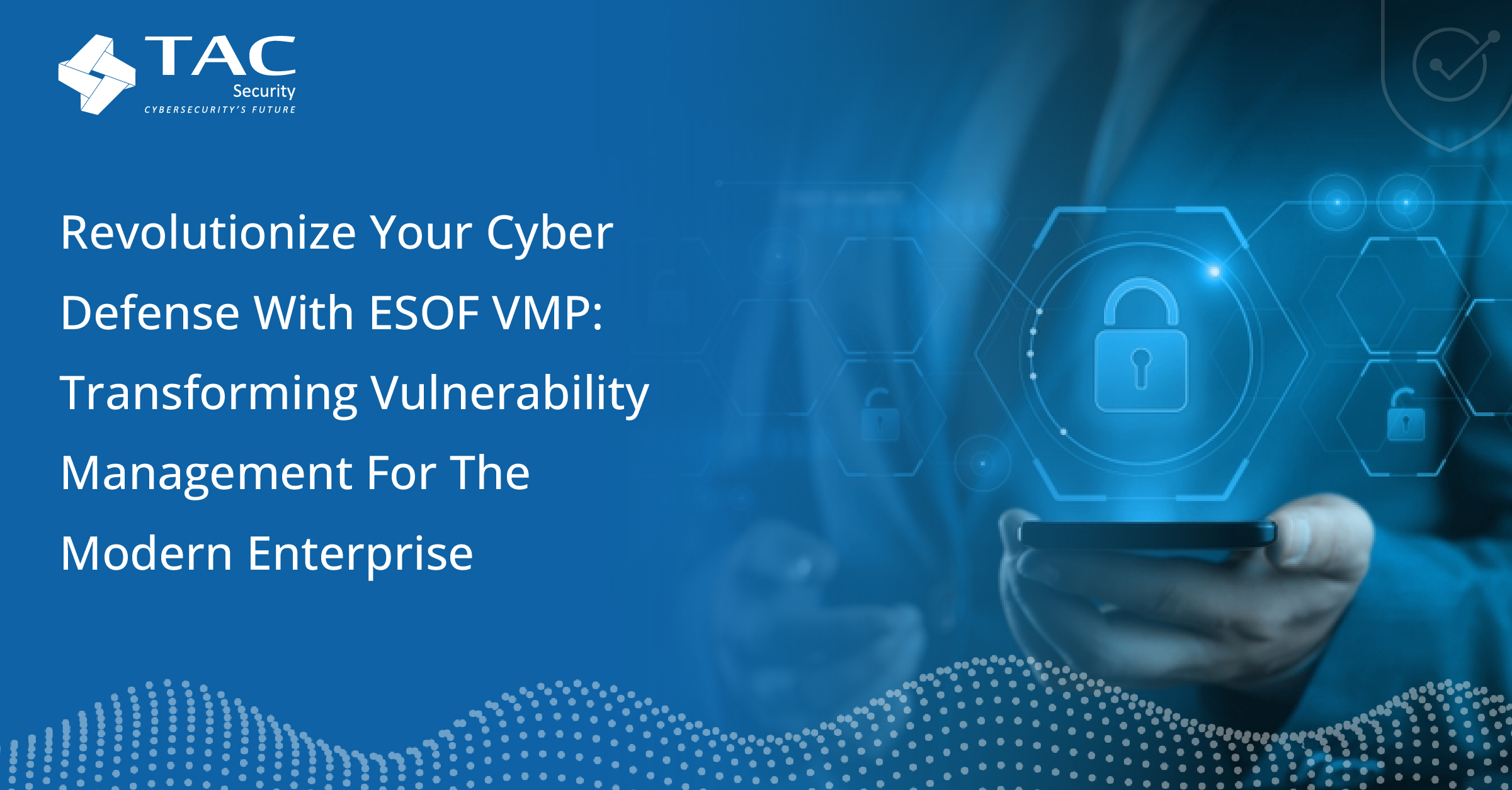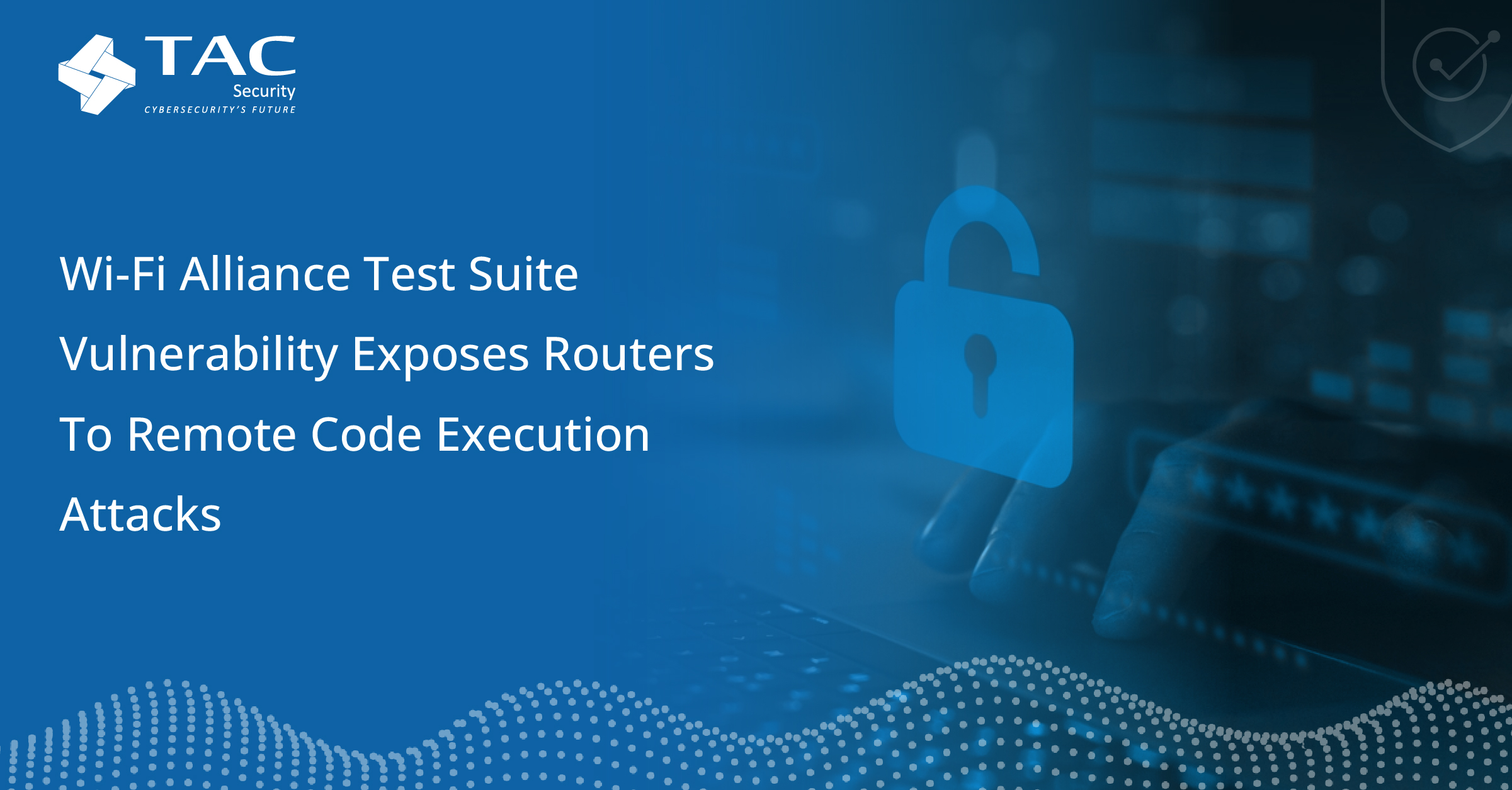
Detecting Ransomware plays a crucial role for all security teams as it can be hazardous to the organizations or their complete IT stack. However, it is challenging to resemble a ransomware attack in the organization and get secure, though it might have protection set up in it. A Vulnerability Assessment Penetration Testing (VAPT) is the perfect way to identify whether the security and safeguarding method is working correctly or not. And if not then it can cause irreversible damage to your organization.
There has been an increase in ransomware that performs intermittent encryption, which more efficiently and covertly attacks victim systems.
A ransomware attack can encrypt files intermittently by encrypting only parts of them, either randomly or on a regular cycle, such as alternating bytes on each encryption. Consequently, ransomware can encrypt affected files more quickly
What is Penetration Testing?
Penetration testing is an agile security process. Ethical hackers, also known as cyber security professionals, strive for cyberattacks against a system to detect and regulate protection weaknesses. Testing an organization’s security processes and tools and discovering vulnerabilities in its underlying infrastructure are two purposes of network penetration testing.
As opposed to reactive security methods applied when a breach or security issue detects, network penetration testing can remediate ransomware and resolve them before threats exploit them, not unlike the reactive security methods that solicit when a breach or security issue is introduced.
Cyber security strategies are under threat from approaching ransomware encryption
In both cases, intermittent encryption allows ransomware to go undetected, performing I/O operations at a small scale not recognized as malicious, and partially-encrypted files may more closely resemble their safe counterparts and therefore not be recognized as affected.
It’s challenging to find out the ransomware with intermittent encryption. Discovering the uneven input/output operations or directly comparing the files that are safe and those considered encrypted can depend upon the Ransomware detection software. In both cases, intermittent encryption allows ransomware to go undetected, performing I/O operations at a small scale not recognized as malicious, and partially-encrypted files may more closely resemble their safe counterparts and, therefore, not be identified as affected.
It’s challenging to find out the ransomware with intermittent encryption. Discovering the uneven input/output operations or directly comparing the files that are safe and those considered encrypted can depend upon the Ransomware detection software. In both cases, intermittent encryption allows ransomware to go undetected, performing I/O operations at a small scale not recognized as malicious, and partially-encrypted files may more closely resemble their safe counterparts and, therefore, not be identified as affected.
According to Sophos, in 2021, LockFile ransomware was the first to use this method, encrypting every 16 bytes of affected files. SentinelLabs researchers have found out that the new process is the new process taken into use by various threat actors.
Qyick is also one of the ransomware which is written down on a dark web forum by user ‘Lucrostm’. However, researchers are looking for the sample for testing but didn’t get Qyick accurate analysis until now. Blackcat is Rust-based ransomware discovered by the Federal Bureau of Investigation (FBI), which is observed to employ intermittent encryption as an attack strategy.
Ransomware detection & prevention service: ESOF VAPT
By evolving the latest and quick ransomware attacks, ESOF VAPT (vulnerability Assessment penetration testing) prevents your entire IT stack from vulnerabilities. Additionally, it detects whether you could lose your system data due to the ransomware attack and how it affects your internal network. The protection power’s ability of TAC Security’s ESOF to identify and remediate ransomware attacks is performed.
- Detects particular assets that ransomware can affect
- Recognize protection flaws that the ransomware attack can evade
- Decrease the influence of these attacks
- Reducing your enterprise’s ransomware attack surface
- Considerate operational defects in the management of ransomware-linked risks.
DevSecOps culture is a significant factor in preventing attacks before they occur. As a result of “shifting left,” security is visualized earlier in the development timeline rather than as an afterthought.
Benefits from the ESOF VAPT help in preventing ransomware:
- Reducing manifestation, Remediation Price, Inconvenience, and Network spare time
- Prioritize Risks and create a slayer Defense Posture
- Attain Protective Ability
- Acquiesce with industry supervision and standards





